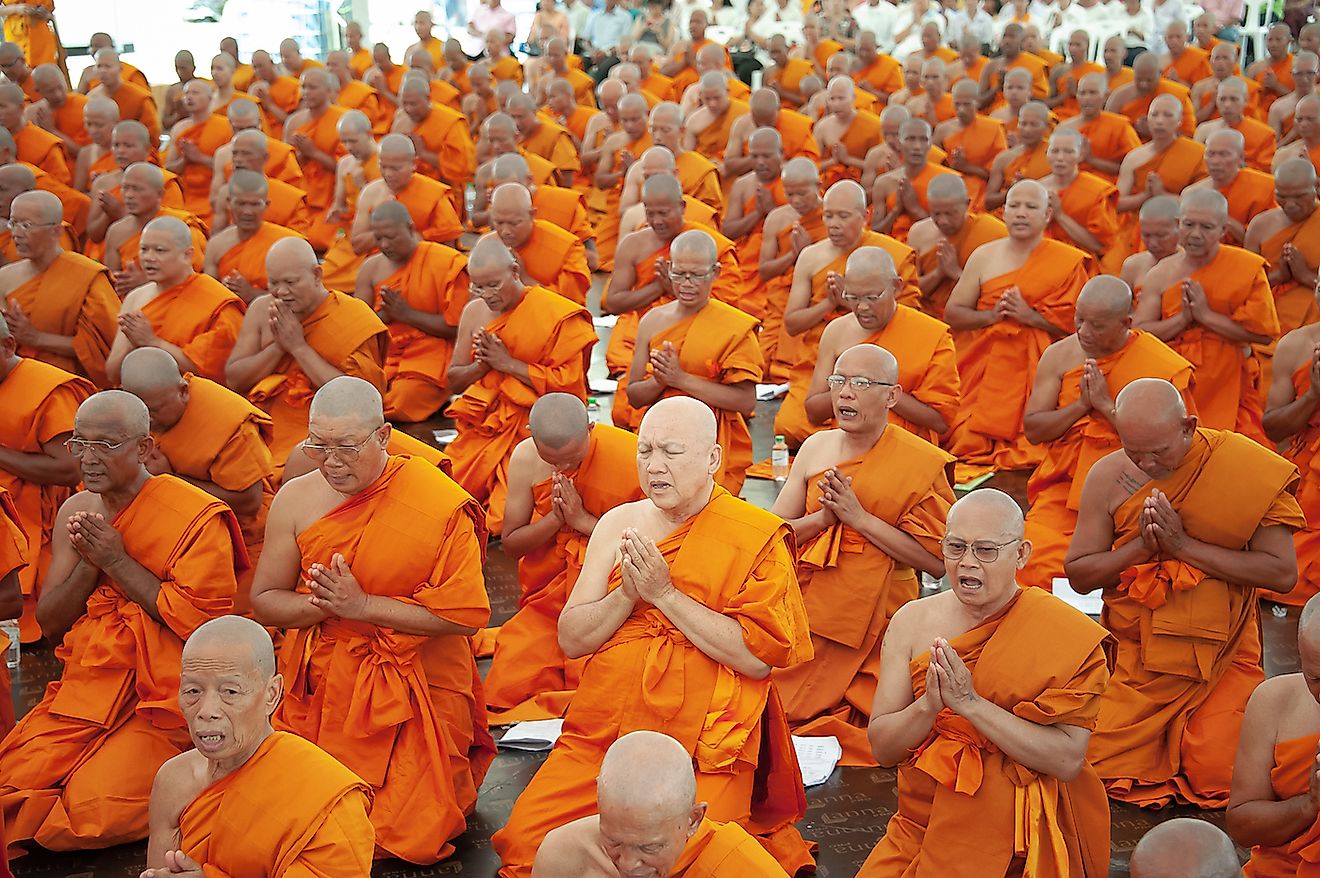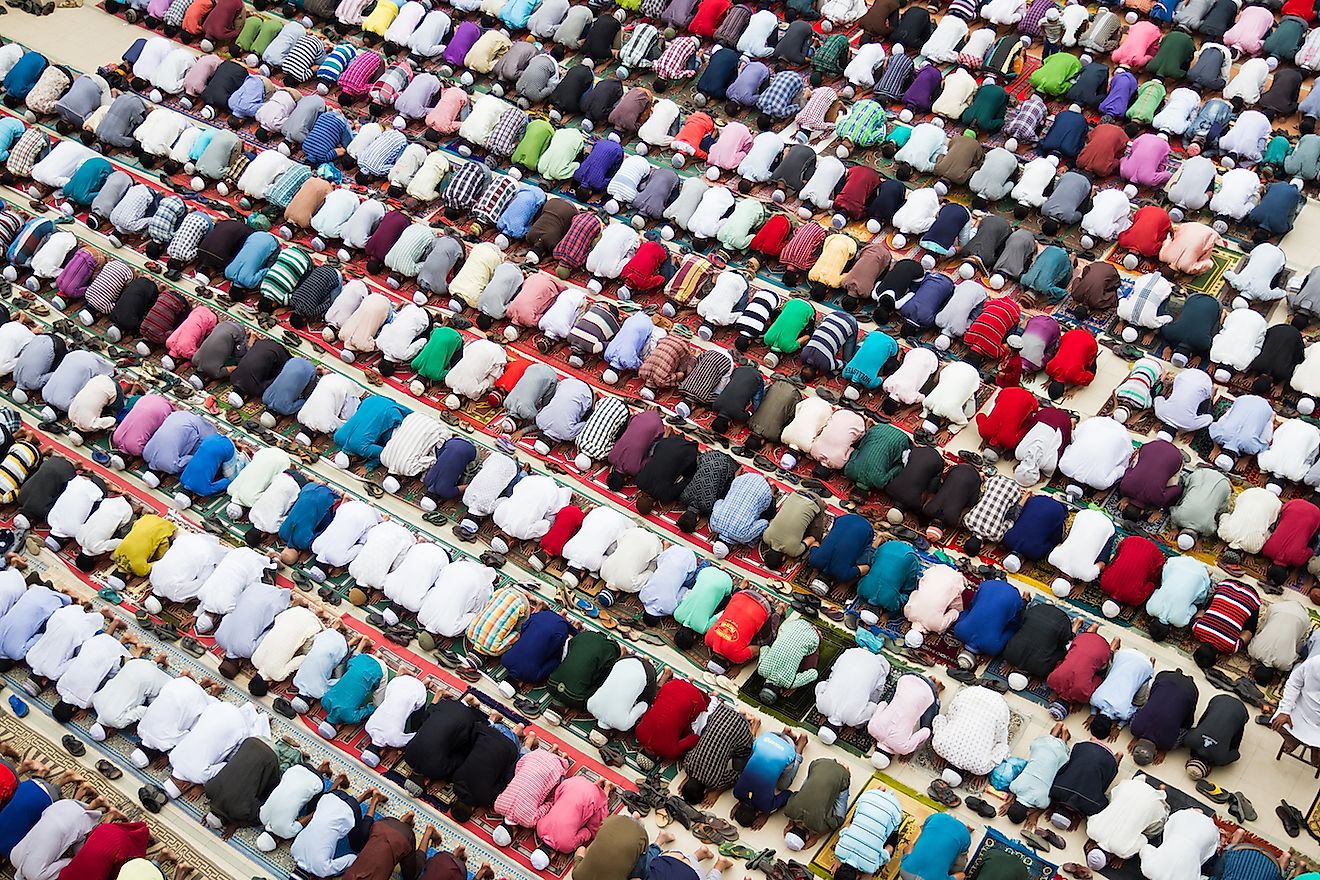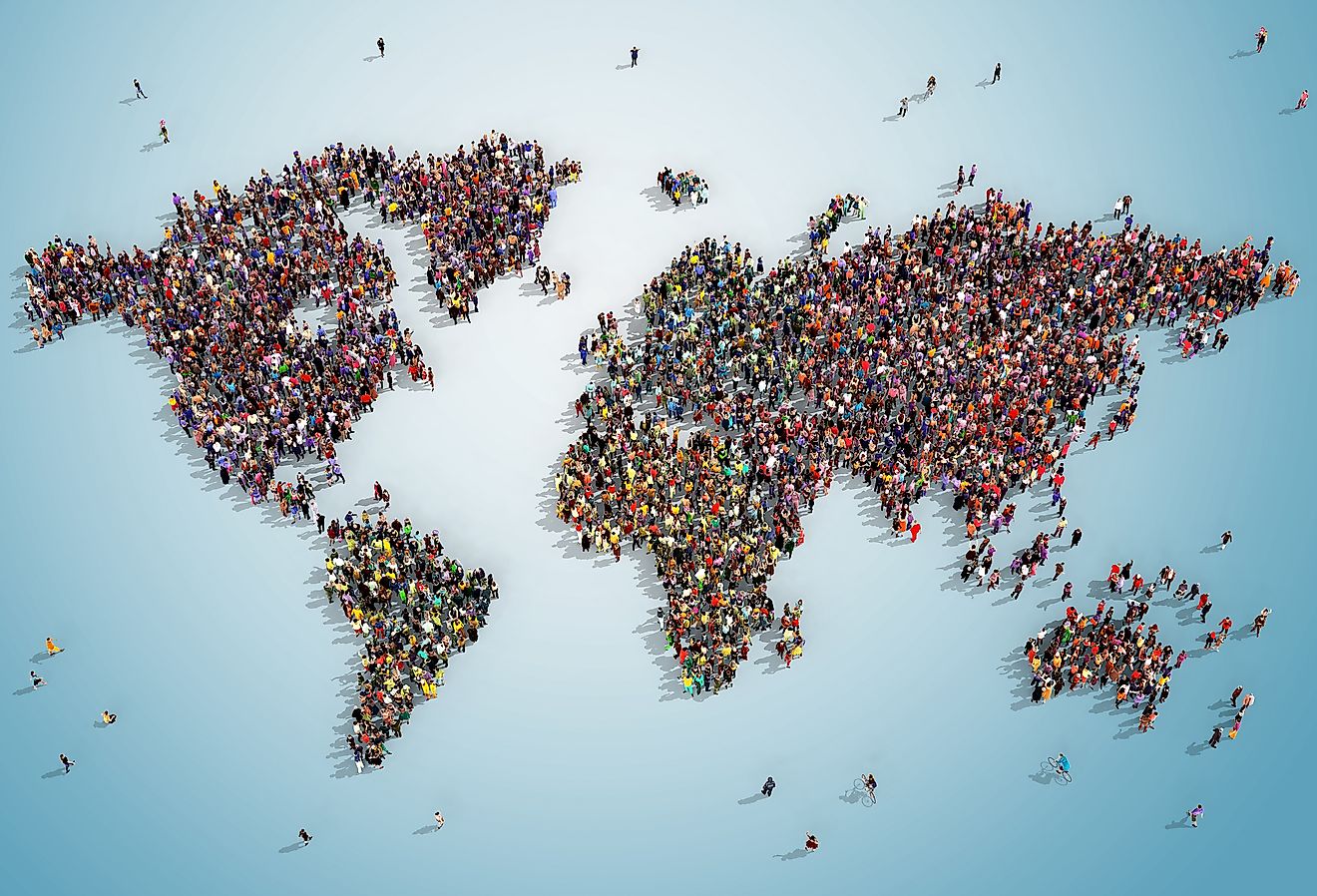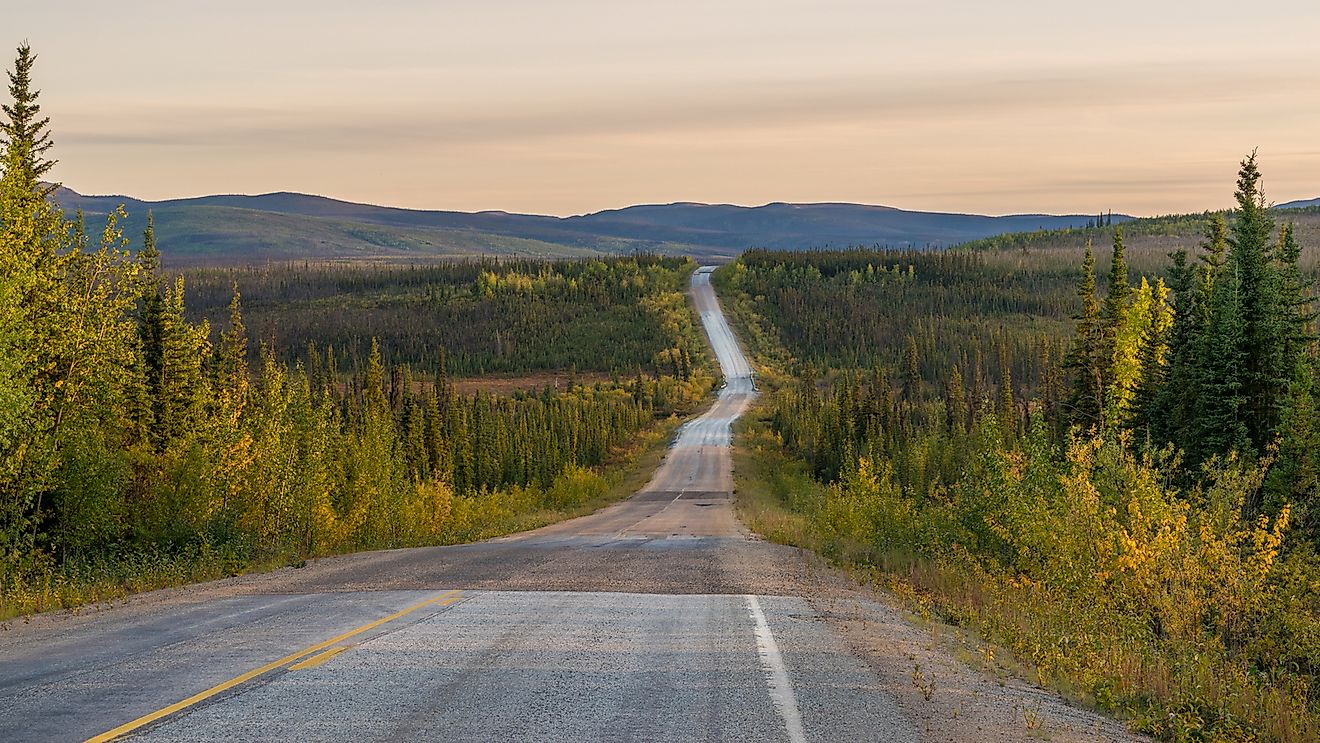5 Facts To Know About The Future Of Buddhism

- The share of Buddhists in the global population is projected to decrease from 7% to 5% between 2010 and 2050.
- Currently, around 99% of the world’s Buddhists reside in the Asia-Pacific region and this scenario is predicted to remain largely unchanged even in 2050.
- Buddhist women have a Total Fertility Rate (TFR) of only 1.6 children per woman which is way low than that of most other major religions of the world.
Unlike most other major religions of the world, Buddhism is projected to witness a decline in the number of followers in the coming decades. According to forecasts by Pew Research Center, the Buddhist population will initially rise from 488 million in 2010 to an estimated 511 million in 2030. However, it will thenceforth drop to around 486 million. In contrast, the global human population is projected to increase considerably during the same period. As a result, the share of Buddhists in the population is projected to decrease from 7% to 5% between 2010 and 2050. Here are some other important facts to note about the future of the world’s Buddhist population:
Higher Median Age Of Buddhists Will Slow Down Their Growth

Buddhists are older than most of the major religious groups of the world except for Jews. The Buddhist population has a median age of 36 that is equal to that of the religiously unaffiliated population. Muslims, Hindus, and Christians have a median age of 24, 27, and 30 respectively. Thus, an older population of Buddhists means that there will be fewer people of child-bearing age to produce children to add to the population.
Lower Fertility Rates Of Buddhists Will Also Bear The Same Effect

Buddhist women have a Total Fertility Rate (TFR) of only 1.6 children per woman which is way low than that of Muslims (2.9), Christians (2.6), and Hindus (2.3). It is also below the replacement level of 2.1 children per woman which is the number needed to maintain a stable population given other influencing factors remain the same. The TFR of Buddhists is also lower than that of the total population of the Asia-Pacific region (2.1) where most of the world’s Buddhists live.
Buddhists Will Remain Concentrated In Asia-Pacific But Population Will Fall
Currently, around 99% of the world’s Buddhists reside in the Asia-Pacific region and this scenario is predicted to remain largely unchanged in 2050 as well. However, the absolute number of Buddhists as well as their percentage share in the region’s total population are both projected to fall in the coming decades. Between 2010 and 2050, the share of Buddhists in the total population of Asia-Pacific is expected to decrease from 12% to 10%. Their numbers are projected to decline from an estimated 481 million to 476 million during the same period.
Buddhist Population In Other Parts Of The World Will Grow

Interestingly, although the share of Buddhists in Asia-Pacific’s population is forecasted to experience a drop, the share of the same in most other world regions will increase. The Buddhist population in the Middle East and North Africa is expected to grow by 137% that is higher than the region’s overall population growth of 73%. In Europe and North America, the Buddhist population is also expected to grow at a faster rate than the regions’ total population growth rate.
Religious Switching Will Have Little Effect On Buddhist Population Growth
There is little reliable data available to predict religious switching in the Buddhist population. North America is the only region where adequate data related to this aspect of the Buddhist population has been noted. If this data were to be taken into account, then the Buddhist population is expected to experience a net loss of numbers due to religious switching. However, as the Buddhist population in North America is very low, this trend does not provide a clear picture of religious switching in the global Buddhist population.











